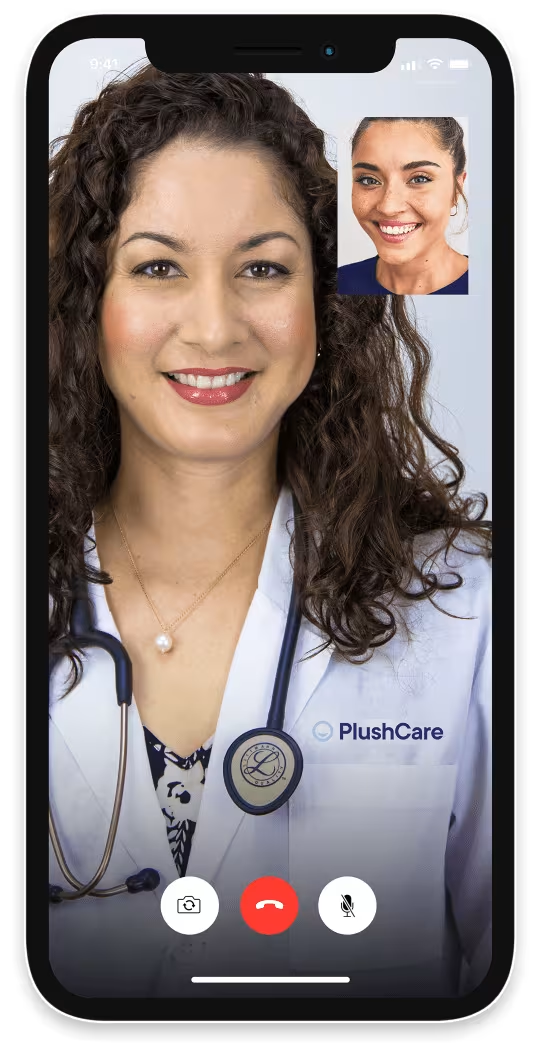Foods to avoid during treatment of peptic ulcer disease
Avoid acidic foods and citrus fruits
Citrus fruits and acidic foods are best avoided if you have ulcers, as these foods can exacerbate ulcer symptoms. However, no substantial evidence supports the complete avoidance of acidic foods. Since many of these foods are healthy, only avoid them if they worsen your symptoms. Some acidic foods that worsen your symptoms include blueberries, grapefruit, grapes, lemons, limes, oranges, peaches, pineapples, plums, and tomatoes.
Stay away from spicy foods
Spicy foods can also aggravate duodenal ulcers, slowing the healing process and reducing the effectiveness of sucralfate. If spicy foods worsen your symptoms, avoid them until your ulcer heals.
Fatty and greasy food makes symptoms worse
High-fat foods, especially greasy and fried ones, take longer to digest and can worsen ulcer symptoms like nausea and stomach pain. Additionally, consuming these foods can stimulate your stomach to produce more acid and digestive enzymes, increasing ulcer pain and slowing sucralfate's ability to help heal.
Be selective about dairy products
Dairy products can exacerbate stomach issues, particularly ulcers. If dairy worsens your ulcer symptoms, avoiding it while taking sucralfate is advisable. However, it's important to note that certain dairy products, such as fermented ones, may benefit ulcers. Therefore, it's not necessary to eliminate all dairy products unless they specifically worsen your ulcer pain.
Avoid foods that cause excess gas
It’s advised to avoid foods that cause excess gas if they contribute to your stomach pain or feelings of fullness. However, if these foods don't create gas-related issues for you, there's no need to exclude them from your diet while taking sucralfate. Some examples of gas-forming foods include apples, artichokes, beans, lentils, bran, broccoli, brussels sprouts, cabbage, cauliflower, onions, prunes, and whole wheat products.




